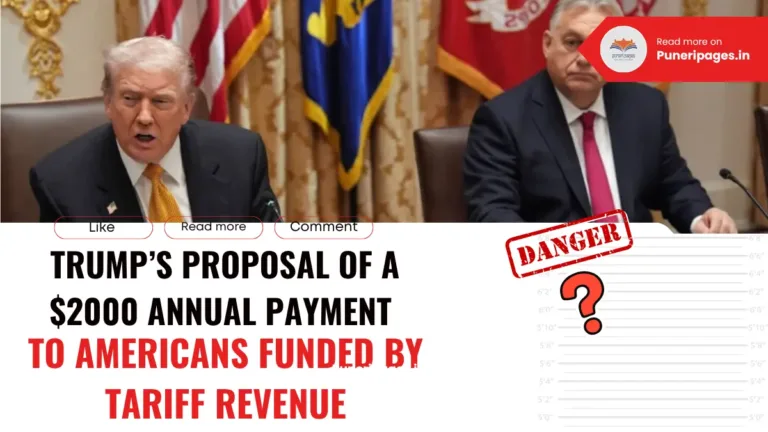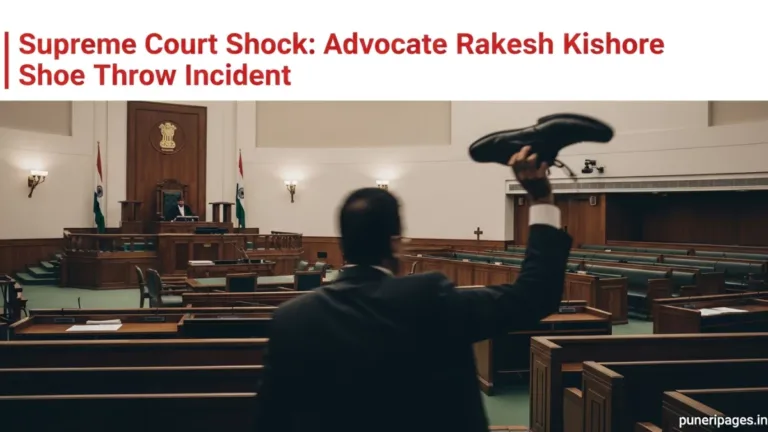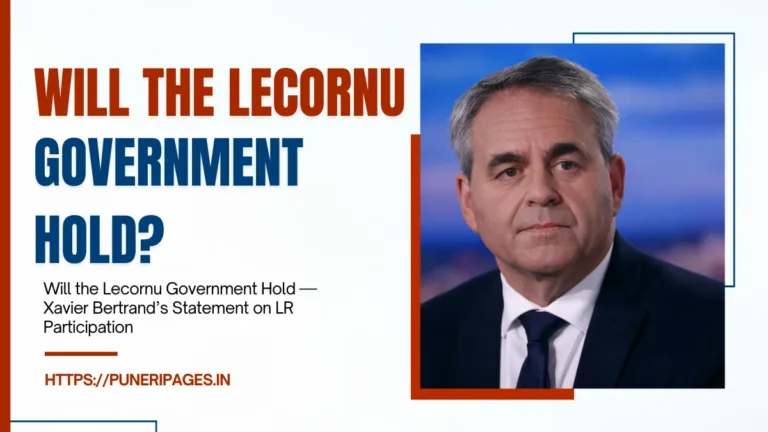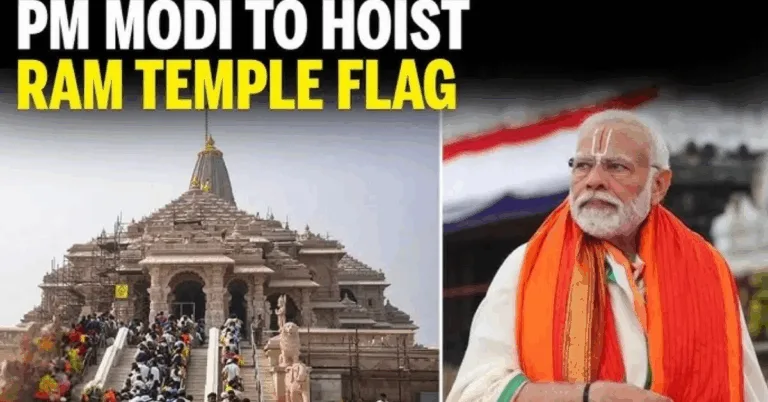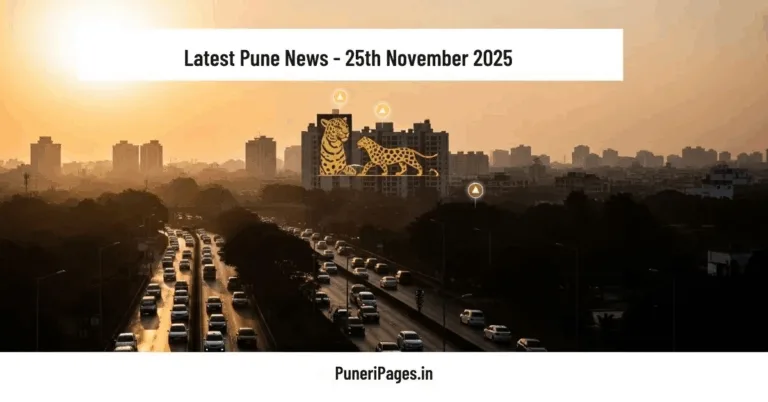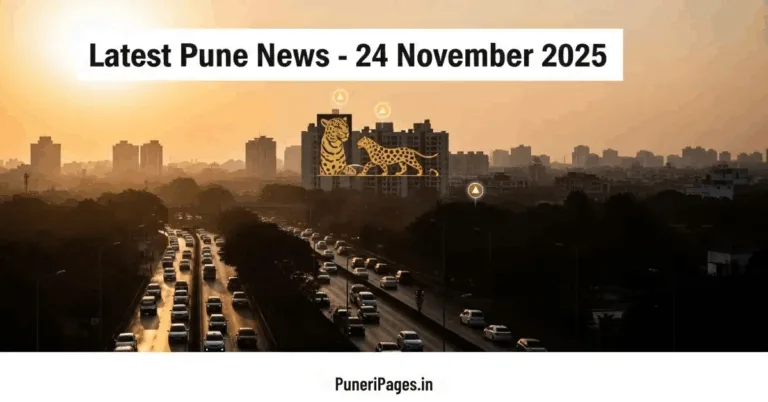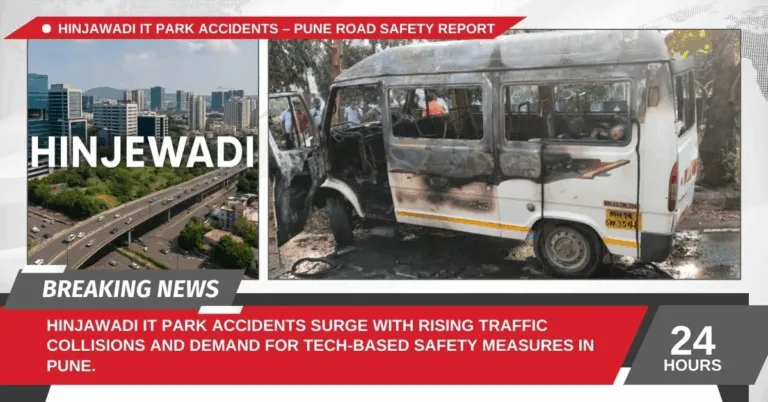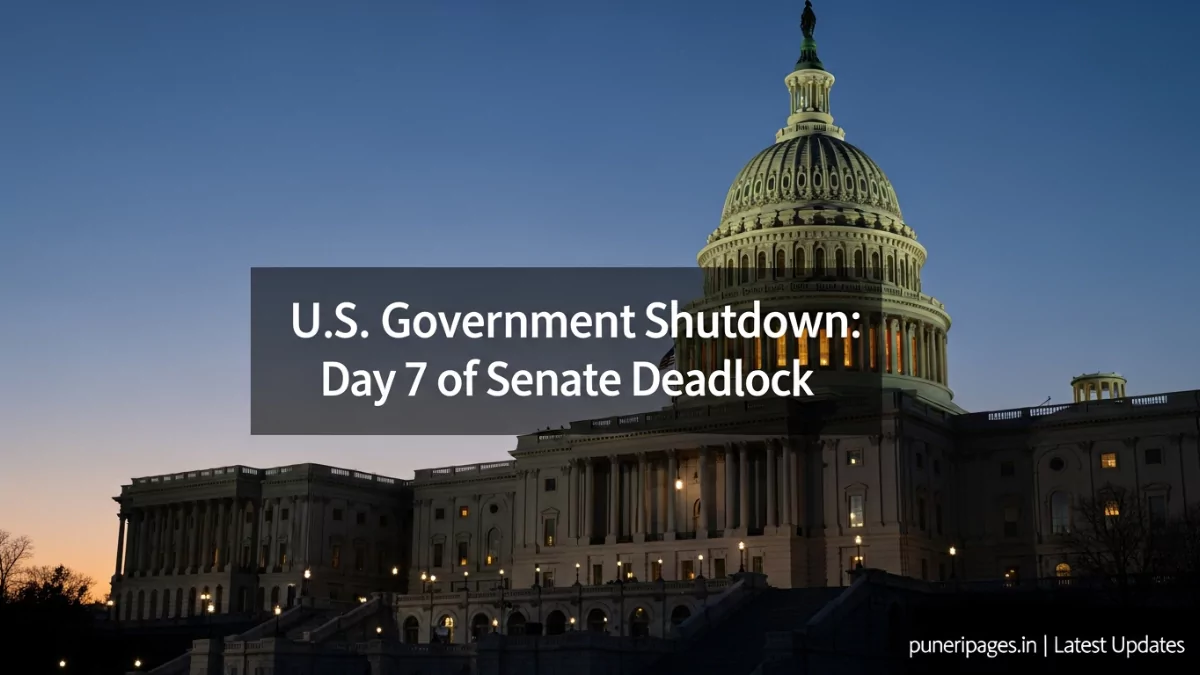
The U.S. government shutdown continues into its seventh day as Congress remains divided over funding proposals. (Source: puneripages.in)
By Prashant for PuneriPages.in
The U.S. government shutdown, now in its sixth day, shows no signs of letting up. Congressional leaders remain deadlocked after several funding proposals failed to secure the votes needed to restore operations. As the standoff continues, federal workers, citizens, and policymakers brace for deeper impacts.
Table of Contents
Background: What Led to the Shutdown
Congress failed to pass critical appropriations or stopgap funding (continuing resolutions) before the fiscal deadline, triggering a shutdown that began on October 1, 2025.
Republican leaders in the House had pushed a “clean” CR through their chamber, extending funding to November 21, but the Senate balked under Democratic objections over missing health care provisions.
Democrats insisted that any funding deal must include the extension of Affordable Care Act (ACA) tax credits and rollback of recent Medicaid cuts — demands that Republicans deem separate from basic funding decisions.
Thus far, multiple Senate votes (including procedural moves) have failed to break the impasse.
What Has Failed — Senate Votes & Blocked Bills
- Republicans’ CR to fund government through November 21 failed again, with the Senate unable to reach the 60 votes needed.
- Democrats’ counter proposal (which included ACA credit extensions) also failed to advance.
- The Senate has repeatedly rejected both party approaches — five times in recent sessions.
- Meanwhile, federal agencies have started executing partial shutdown plans; the White House is threatening layoffs.
Impacts & Consequences of the Prolonged Shutdown
Federal Workforce & Agencies
Hundreds of thousands of federal employees face furlough or unpaid work days.
Some agencies may curtail essential services, delay processing of grants, and halt nonemergency operations.
Economic Effects
Local economies reliant on federal spending (defense, research, education) may feel strain.
Consumer confidence and markets may turn jittery as the shutdown endures.
Political Fallout
Public frustration is rising. Lawmakers are under pressure to either compromise or face blame in upcoming elections.
Democrats and Republicans each cast blame on the other for the lack of resolution, deepening partisan divides.
Why Proposals Continue to Fail
Stalemate Between Reopen First vs. Policy First
Republicans argue government must reopen first, then negotiate policy changes. Democrats refuse to open the government without health care and social safety net measures guaranteed.
Senate Filibuster & Vote Thresholds
Even with majority control, Republicans can’t bypass the 60-vote threshold in the Senate without bipartisan cooperation.
Trust Deficit & Red Lines
Both sides distrust the other’s guarantees and fear being stuck with unfavorable terms once the government is open.
What Could Happen Next — Scenarios to Watch
- Partial Compromise / Clean CR with Later Deals
A stripped-down funding bill may pass to reopen agencies, with policy battles postponed. - Targeted Concessions
Republicans may agree to limited ACA or Medicaid fixes to win support from moderate Democrats. - Extended Shutdown / Escalation
If neither side yields, the shutdown could stretch into double digits, intensifying impacts. - Government Default Risks
While rare, prolonged gridlock raises questions about funding key obligations.
Seven Days of Silence, No Breakthrough Yet
As the shutdown enters what could be its seventh day, Congress is no closer to a deal. The deep divisions over health care, federal spending, and legislative procedure make the path to resolution perilous.
For now, millions wait — federal employees, service users, and taxpayers alike — for a show of compromise strong enough to reopen doors.
